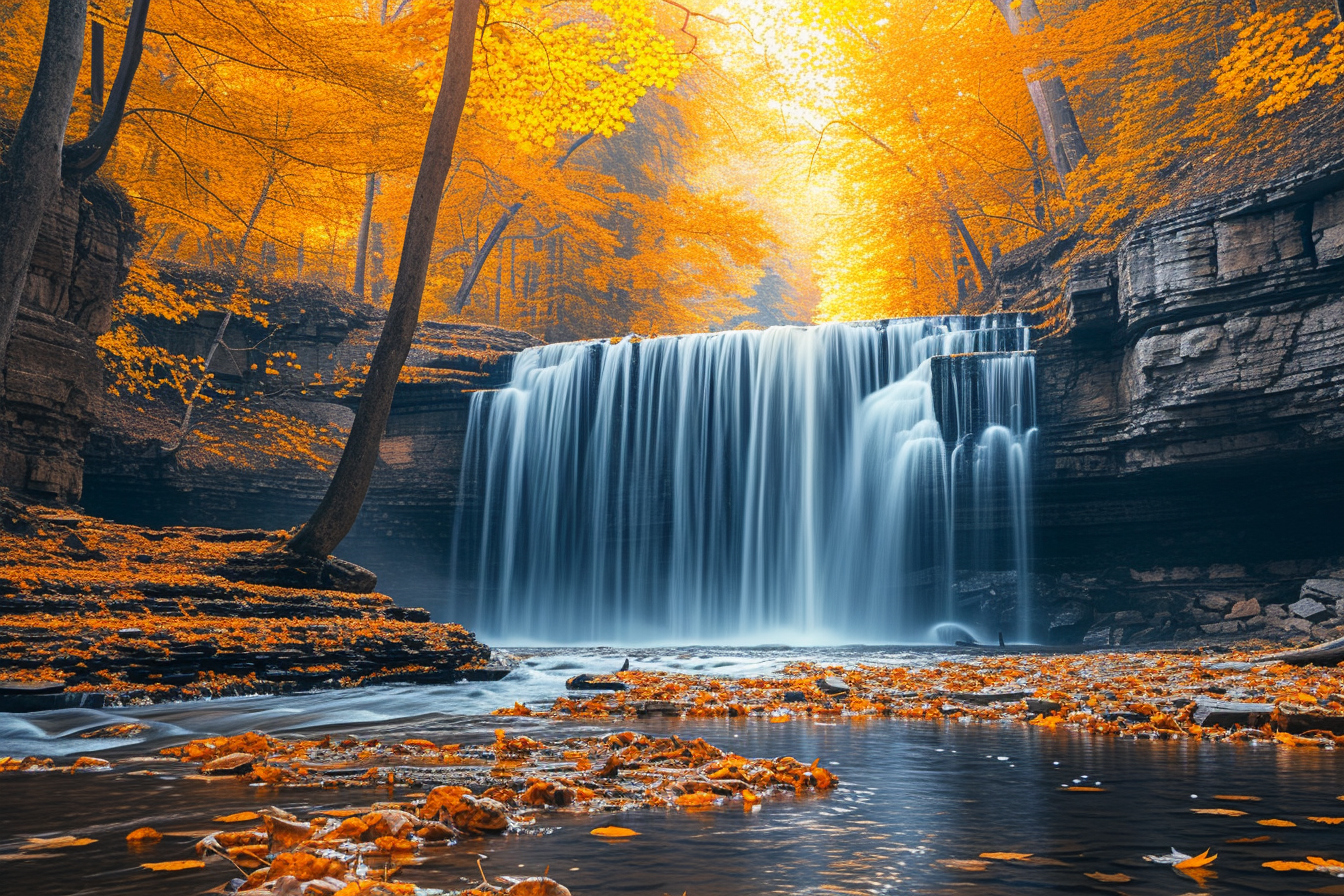Nature photography can transport viewers to the sights and wonders of the natural world, ranging from the serenity of landscapes to the raw drama of wildlife. Mastering the art of capturing nature’s essence requires more than just good equipment; it demands patience, understanding, and a keen eye for the right moment. In this deep dive into nature photography, we’ll explore techniques to help you catch those perfect shots that evoke awe and wonder.
Master your gear
Understanding your camera
All cameras, whether DSLRs, mirrorless, or even smartphones, have unique capabilities and limitations. Grasping the fundamental features of your camera—such as exposure control, focus modes, and metering options—enables you to make snappy adjustments in the field. The key is to prioritize a setup that you can operate intuitively. Experiment with different settings to learn what produces the best results for landscapes, close-ups, and moving subjects.
Opting for appropriate lenses
Wide-angle lenses capture vast scenes, while telephoto lenses are ideal for zooming in on distant wildlife. Macro lenses offer detailed shots of smaller subjects like insects and plants. Each lens has a purpose and will affect the composition of your photographs. Choose your lenses based on the subject matter and the perspective you wish to achieve.
Hone your technique
Focusing on composition
Strong composition is the backbone of a striking photograph. Employ the rule of thirds to balance the elements in your frame, and use leading lines to draw the viewer’s eye. Look for contrasts in textures and colors, and arrange the parts of your scene to complement each other. Remember to keep the horizon straight, and consider the foreground, middle ground, and background to give depth to your images.
Harnessing light
Light quality greatly impacts the ambiance of your nature photographs. Golden hour—the period shortly after sunrise or before sunset—often provides soft, diffused light, which can add a magical quality to your images. However, don’t shy away from shooting in challenging lighting conditions either, as overcast skies can minimize shadows and midday sun can highlight the vibrancy of a clear blue ocean.
Embrace patience and persistence
Waiting for the moment
Nature is unpredictable, and patience is indeed a virtue for capturing its fleeting moments. Whether you’re waiting for the right light, for the clouds to part, or for an animal to emerge, patience can make the difference between a good shot and a fantastic one. Wildlife photographers, in particular, may spend hours or even days to get that split-second interaction. The key is to enjoy the process and be prepared.
Multiple attempts and variations
Rarely does the first shot yield the best result. Take multiple photographs of your subject, experimenting with different angles, compositions, and settings. Bracket your exposures to ensure you capture the full range of light, especially in high-contrast scenes. With each attempt, assess and adjust until you find the sweet spot.
Study your subject
Knowing the natural environment
A deep understanding of your subject’s environment enriches your photography. Study the behavior of animals through observation or research, and learn the patterns of the landscapes you’re capturing. Knowledge of the tides might reveal when a coastal scene is at its most compelling, while understanding plant blooming periods can lead to a perfectly timed flower field photo.
Anticipating behavior and movement
Predicting the behavior of wildlife can be the key to a winning shot. If you’re photographing birds, learn their flight patterns and feeding habits. When it comes to larger animals, recognizing signs of activity or rest can give you a clue about when to click the shutter. Always respect the wildlife and their habitat by maintaining a safe distance and adhering to ethical photography practices.
Refine your skills through post-processing
Editing enhancements
Post-processing is an integral part of modern photography, allowing you to refine color, contrast, sharpness, and composition. Software like Adobe Lightroom and Photoshop can transform a good photo into a great one. However, strive for balance; over-editing can detract from the natural beauty and authenticity of your shots.
Cultivating your personal style
Your editing process can become a signature of your work. Perhaps you prefer saturated colors for vibrant landscapes, or maybe you lean towards a more muted, moody approach. Developing your personal style takes time and consistent practice, but it helps set your nature photography apart.
Gear up for different climates and terrains
Protecting your equipment
Nature photography often involves dealing with the elements—from dust and sand to rain and snow. Invest in protective gear for your equipment: camera bags, rain covers, and lens filters can save your gear from the harshness of the outdoors. Keep your lenses clean and your batteries charged;
unexpected conditions often lead to the most remarkable imagery.
Preparing for all scenarios
Dressing appropriately and carrying essentials like water, snacks, and a first aid kit is just as crucial as protecting your equipment. Comfort and safety enable you to focus on your photography without undue distractions or risks.
To excel in capturing stunning nature photography, immerse yourself in the moment, refine your craft, and understand the environment and subjects you choose to shoot. Equip yourself with the technical knowledge of your camera, cultivate your creative vision, and always be prepared for the unpredictable aspects of nature. Through dedication and a mindful approach to both techniques and the natural world, your photographs can indeed become perfect shots that stand the test of time.

Leave a Reply